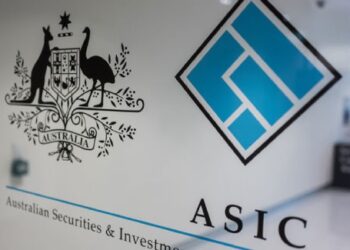Speaking at the SMSF Day in Sydney this week, Smarter SMSF chief executive Aaron Dunn said when SMSF professionals are assessing a client’s ability to make non-concessional contributions (NCCs), it’s important to remember that the account balance of a member has distinct differences to the definition of the total super balance (TSB).
Within the SMSF annual return, Mr Dunn noted that there are labels for the accumulation balance and the balances of pensions and a closing account balance.
“However, we then have two tables down the bottom, the accumulation phase value and the retirement phase value, which allow you to put in a different number if you believe the value of those accounts for the definition of total super balance will be different,” he said.
Mr Dunn explained that these values can be different from the account balance because they are based on a termination value which contemplates the value of a member’s interest if they were to voluntarily cease their interest in the fund.
The TSB value therefore allows for the adjustment of capital gains tax, windup costs, and disposal costs such as sales costs, brokerage, and other commissions, he explained.
This means that SMSF practitioners may want to consider the tax effect of unrealised gains when calculating the TSB, he said.
“If we have clients that have substantial unrealised gains but we haven’t considered them for the purposes of the accumulation phase value of an individual in the fund, that could be the difference between one or two years worth of NCCs,” he explained.
Mr Dunn noted that it’s important to have evidence to support the values in the accumulation phase value and retirement phase value labels.
The retirement phase value is likely to be less to be different given the tax exemption that applies, he said.
“But if you have accumulation phase members, you can absolutely give consideration to these things for the purposes of that label,” he said.



Cgt and disposal costs in most cases would be less than 10% of the estimated value of the asset. You would be brave to rely on such a borderline position to make what is clearly a very considered decision to push the boundaries. The potential for tax avoidance issues to be raised, and for an adviser, professional indemnity issues, would suggest that you would want to be very careful with the numbers.